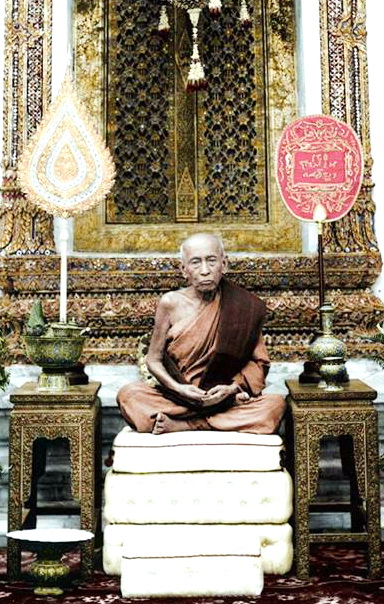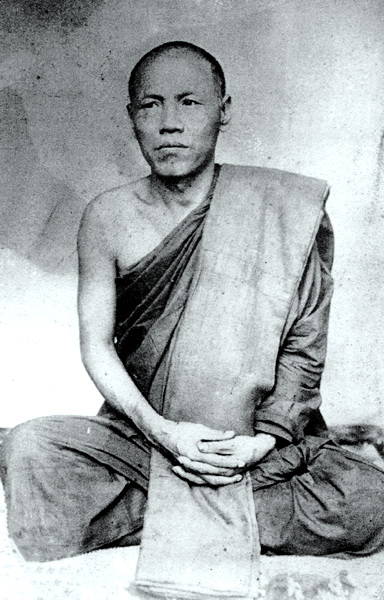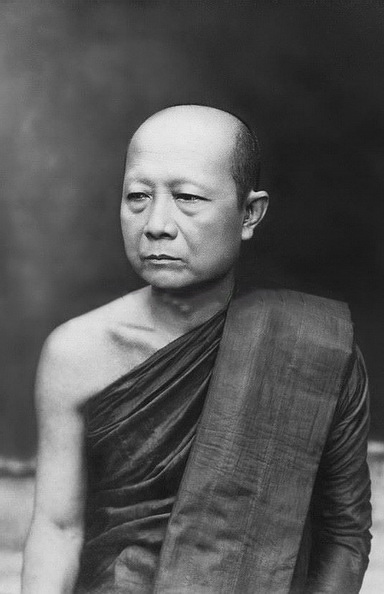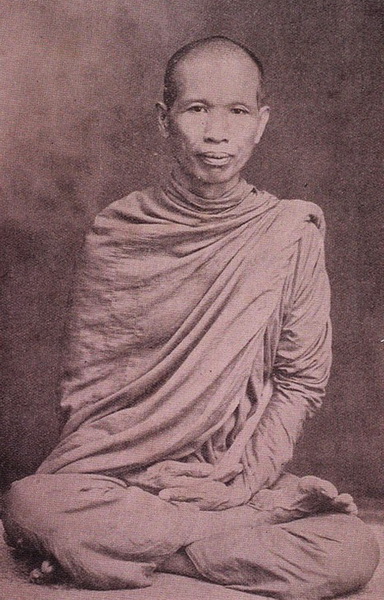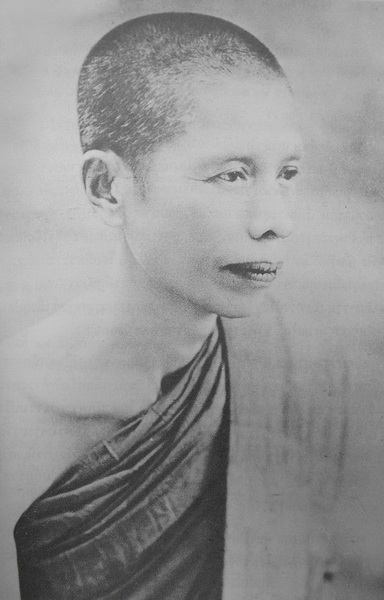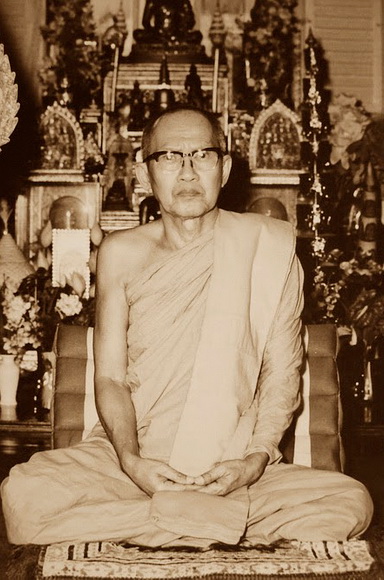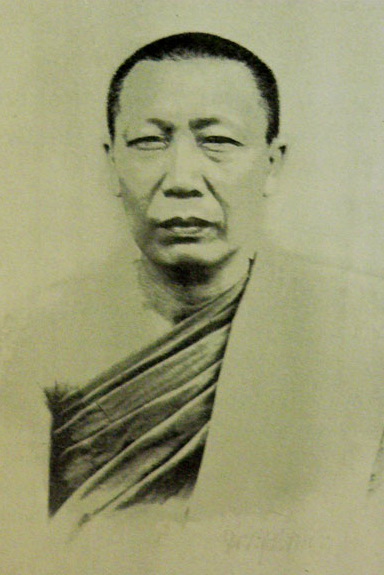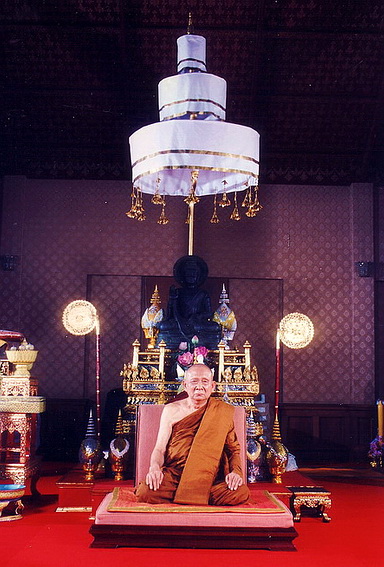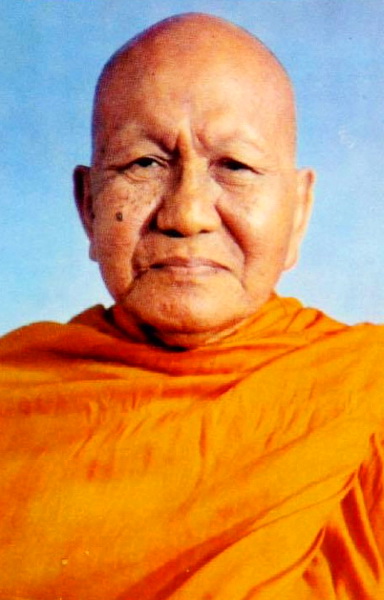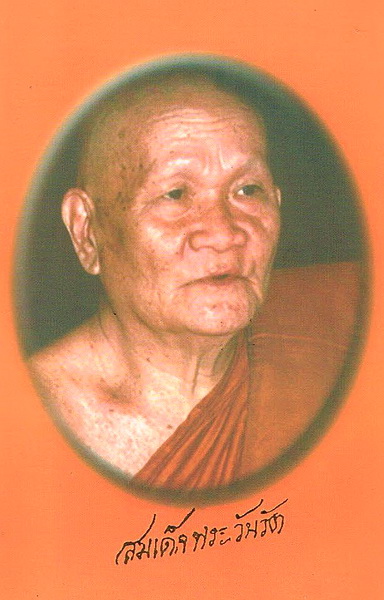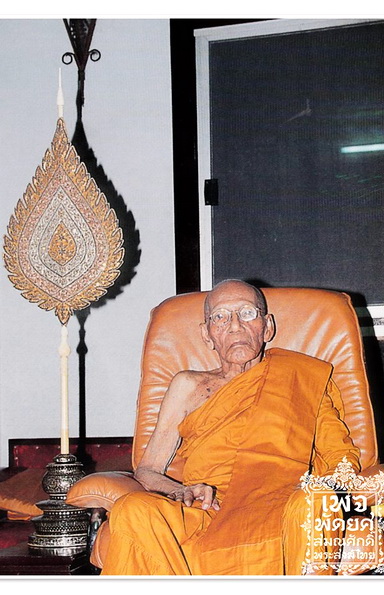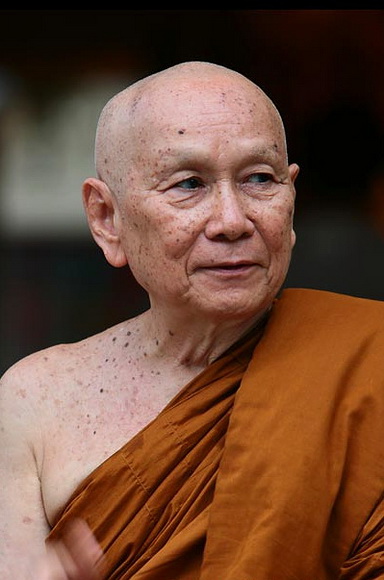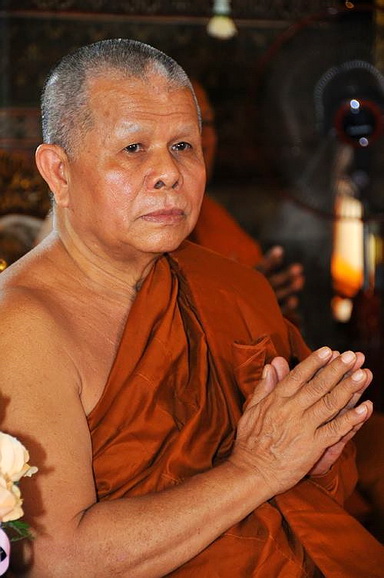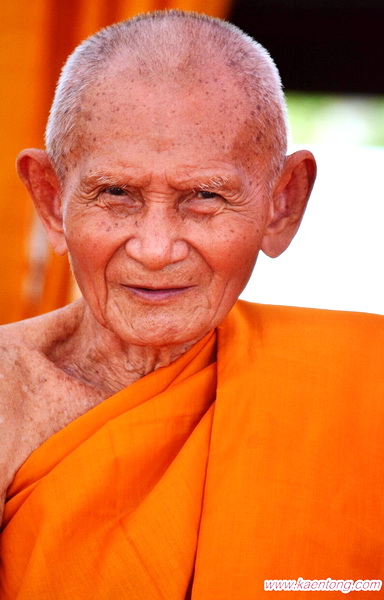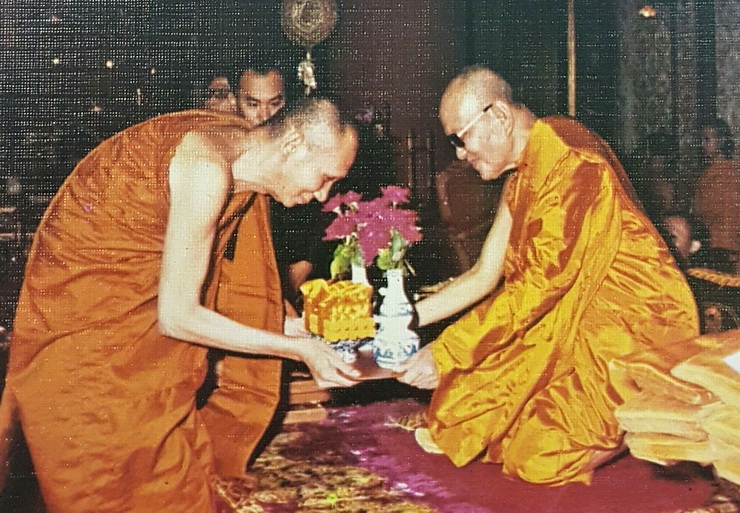| วันเวลาปัจจุบัน 14 ธ.ค. 2025, 05:05 |
|
เขตเวลา GMT + 7 ชั่วโมง |

|
หน้า 1 จากทั้งหมด 1 |
[ 6 โพสต์ ] |
|
|
|
|
|||||
ลงทะเบียนเมื่อ: 30 ก.ย. 2013, 07:16 โพสต์: 2592
อายุ: 0 |
|
||||
|
|
|||||
ลงทะเบียนเมื่อ: 21 มิ.ย. 2011, 14:07 โพสต์: 278
|
|
||||
|
|
||||||
ลงทะเบียนเมื่อ: 02 มิ.ย. 2007, 13:49 โพสต์: 1038
|
|
|||||
|
|
|||||
ลงทะเบียนเมื่อ: 02 เม.ย. 2015, 09:43 โพสต์: 761
อายุ: 0 |
|
||||
|
|
||||||
ลงทะเบียนเมื่อ: 05 มิ.ย. 2009, 10:51 โพสต์: 2863
|
|
|||||

|
หน้า 1 จากทั้งหมด 1 |
[ 6 โพสต์ ] |
|
เขตเวลา GMT + 7 ชั่วโมง |
ผู้ใช้งานขณะนี้ |
กำลังดูบอร์ดนี้: ไม่มีสมาชิก และ บุคคลทั่วไป 4 ท่าน |
| ท่าน ไม่สามารถ โพสต์กระทู้ในบอร์ดนี้ได้ ท่าน ไม่สามารถ ตอบกระทู้ในบอร์ดนี้ได้ ท่าน ไม่สามารถ แก้ไขโพสต์ของท่านในบอร์ดนี้ได้ ท่าน ไม่สามารถ ลบโพสต์ของท่านในบอร์ดนี้ได้ ท่าน ไม่สามารถ แนบไฟล์ในบอร์ดนี้ได้ |

|



